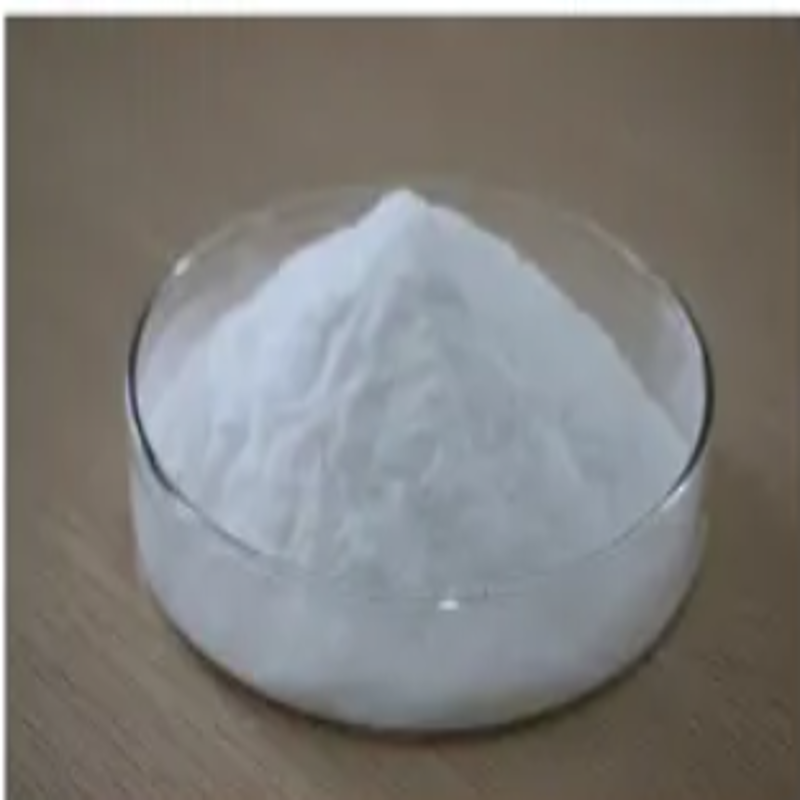-
Categories
-
Pharmaceutical Intermediates
-
Active Pharmaceutical Ingredients
-
Food Additives
- Industrial Coatings
- Agrochemicals
- Dyes and Pigments
- Surfactant
- Flavors and Fragrances
- Chemical Reagents
- Catalyst and Auxiliary
- Natural Products
- Inorganic Chemistry
-
Organic Chemistry
-
Biochemical Engineering
- Analytical Chemistry
-
Cosmetic Ingredient
- Water Treatment Chemical
-
Pharmaceutical Intermediates
Promotion
ECHEMI Mall
Wholesale
Weekly Price
Exhibition
News
-
Trade Service
Acute myeloid leukemia (AML) is driven by the translocation of the nucleoporin 98 (NUP98) gene on chromosome 11p15.
It is the most common genotype among children with relapsed and refractory diseases and has a very poor prognosis.
High-risk groups
.
The NUP98 translocation produces the NUP98 fusion protein, which combines the n-terminal domain of NUP98 with various c-terminal partners.
Acute myeloid leukemia (AML) is driven by the translocation of the nucleoporin 98 (NUP98) gene on chromosome 11p15.
Previous studies on the modeling of NUP98 rearrangement hematological malignancies have shown that NUP98-jarid1a, NUP98-nsd1, NUP98-HOXA9 and NUP98-hoxd13 fusion proteins are potential driving factors for the development of leukemia
MLL1 is a molecular dependency in nup98 fusion leukemia, so foreign research teams have studied the efficacy of blocking Menin-MLL1 interaction in nup98 fusion leukemia model
In leukemia cells transformed by nup98 fusion, inhibition of Menin-MLL1 can up-regulate the expression of differentiation markers such as CD11b and down-regulate the expression of pro-leukemia transcription factors such as Meis1
VTP50469 treatment significantly prolonged the survival time of NUP98-NSD1 and NUP98-JARID1A leukemia mice
Figure 1: MLL and Menin are molecularly dependent in nup98 rearrangement leukemia
Figure 2: MLL1 transfers from chromatin to a subset of key genes after VTP50469 treatment
Figure 3: NUP98 fusion is separated from chromatin after processing a key gene subset of VTP50469
Figure 4: Salvage of Meis1 gene expression reduces the sensitivity of nup98 fusion leukemia to MLL-Menin inhibition
Figure 5: In vivo murine leukemia model and xenograft model derived from nup98 fusion leukemia patients respond to MLL-Menin inhibition
Original source:
Emily B Heikamp, Jill A Henrich, Florian Perner, Eric M Wong, Charles Hatton, Yanhe Wen, Sonali P Barwe, Anilkumar Gopalakrishnapillai, Haiming Xu, Hannah Julia Uckelmann, Sumiko Takao, Yaniv Kazansky, Yana Pikman, Gerard M.
Emily B Heikamp, Jill A Henrich, Florian Perner, Eric M Wong, Charles Hatton, Yanhe Wen, Sonali P Barwe, Anilkumar Gopalakrishnapillai, Haiming Xu, Hannah Julia Uckelmann, Sumiko Takao, Yaniv Kazansky, Yana Pikman, Gerard M.
Leave a message here







